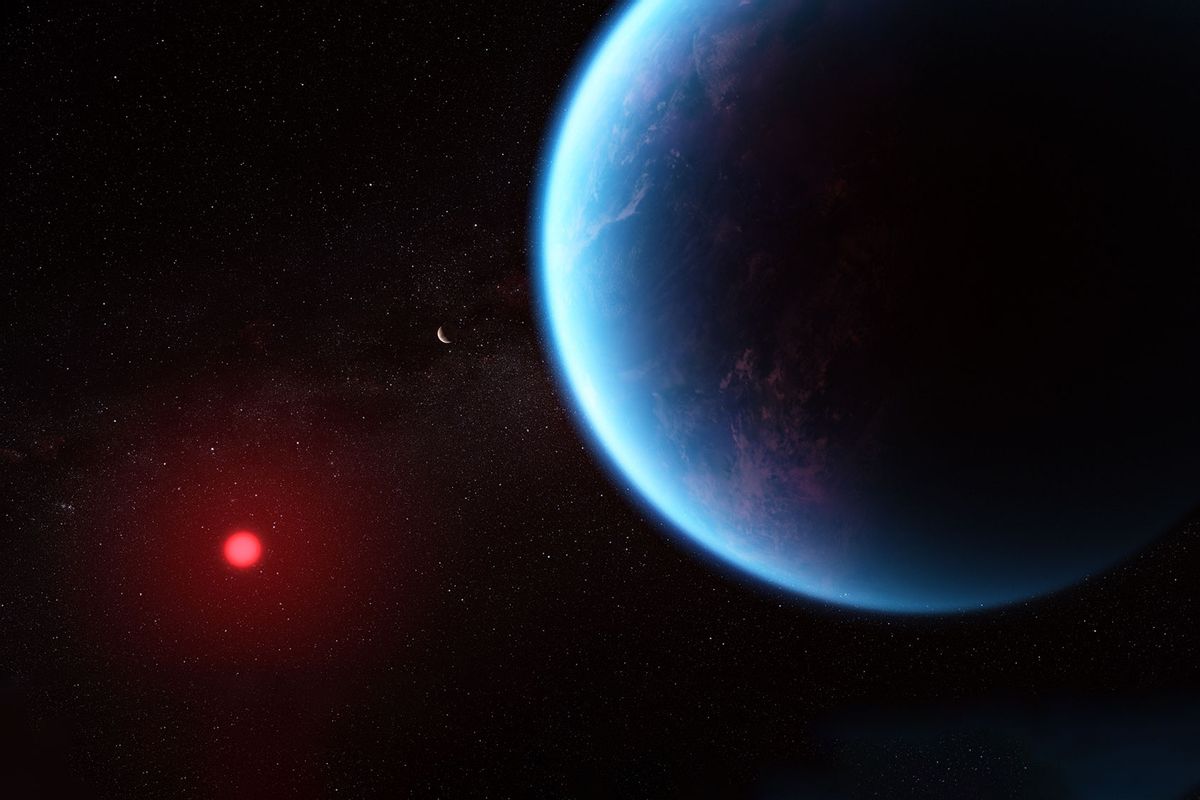The James Webb Space Telescope (JWST) notched another astronomical achievement in its figurative belt: It discovered carbon-based molecules in the atmosphere of an exoplanet, a planet that is far outside our solar system. This is particularly significant because the exoplanet in question, K2–18 b, is believed to contain an ocean. The Hubble Space Telescope provided the research and observations that initially suggested K2–18 b has liquid water, making it by definition a so-called "Hycean" world.
As a consequence, the carbon-based molecules in the hydrogen-rich atmosphere — specifically, the carbon dioxide and methane — could indicate that K2–18 b has the ingredients for life, which it may very well host. Just as promising, there was no ammonia in the atmosphere, which further suggests a liquid water ocean. Finally, K2–18 b is in a habitable zone.
"Our findings underscore the importance of considering diverse habitable environments in the search for life elsewhere," Nikku Madhusudhan, an astronomer at the University of Cambridge and lead author of the paper, said in a statement. "Traditionally, the search for life on exoplanets has focused primarily on smaller rocky planets, but the larger Hycean worlds are significantly more conducive to atmospheric observations."
This does not mean that all signs are promising for potential life on K2–18 b. It has a radius 2.6 times that of Earth and the ocean could wind up being too hot to be either habitable or liquid. But Webb is constantly teaching us more about the strange planets in other parts of the universe.



Shares